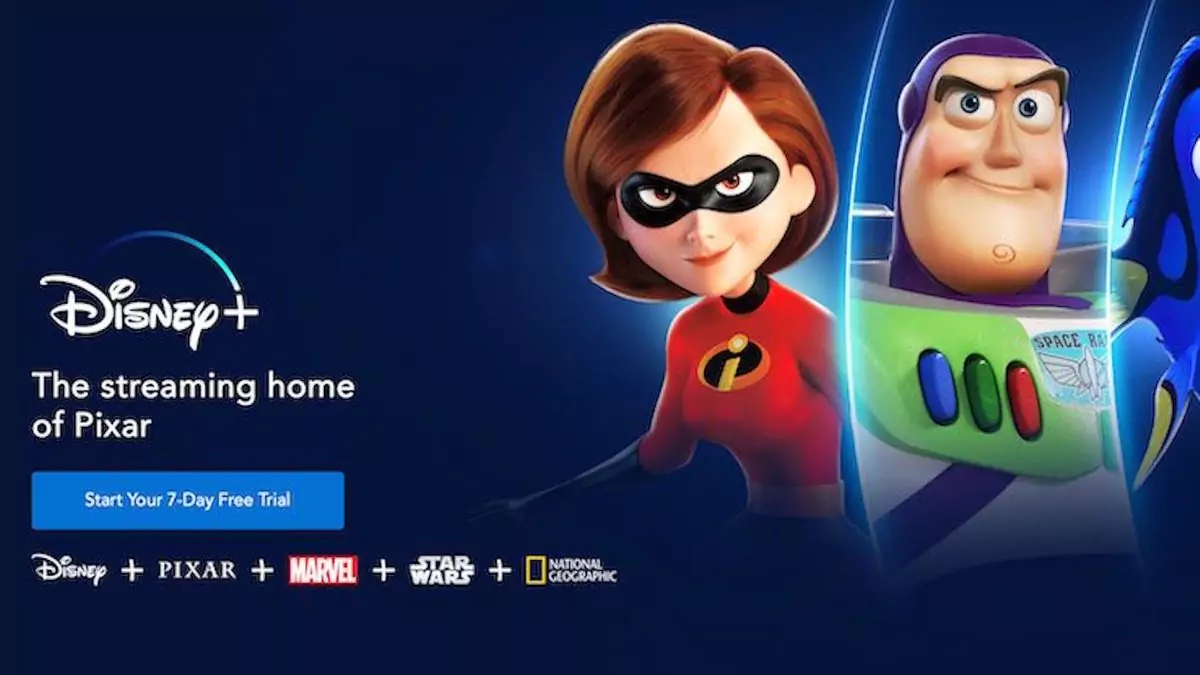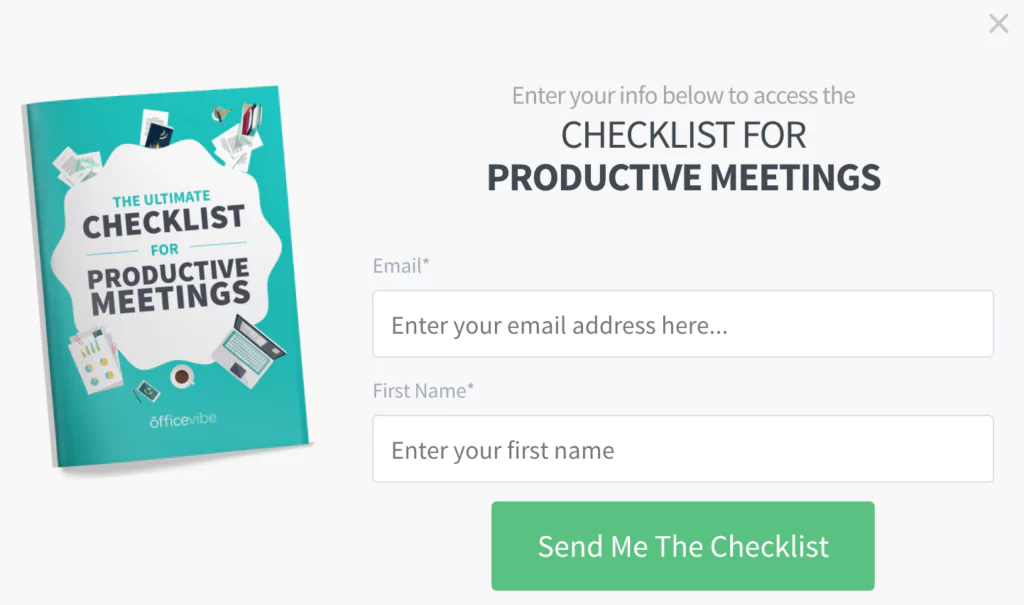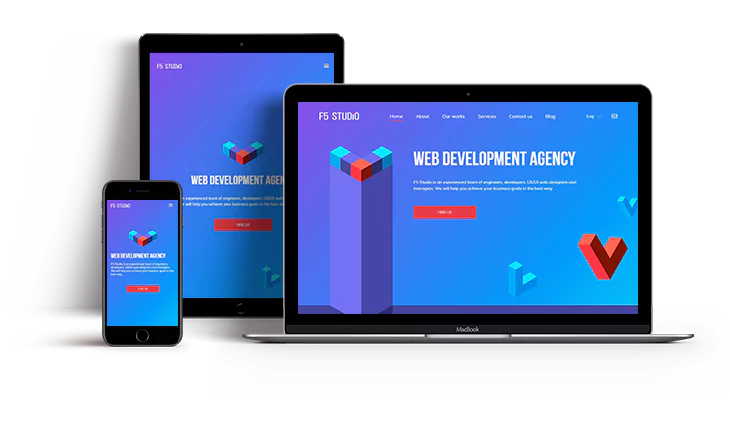
Chances are, you and your business have been around the block a few times when it comes to lead generation.
You’ve probably tried a few successful (and less so) strategies but haven’t landed on a reliable mix that you can ‘set and forget’ — allowing you to forget about creating leads and focus more on nurturing them.
It’s easily done, as people seem to forget the most important law of business: constant, unforgiving change.
Last year’s lead generation tactic might not fly this year. Your demographic may have moved on from your most reliable lead generation channel. Or, a static lead generation flow might have simply run its course in terms of effectiveness.
So, more than finding the ‘perfect’ set of lead generation strategies, it’s important to regularly audit and re-assess what’s working and what’s not for the highest level of lead generation efficiency.
This is why we’ve dug around to find the hottest, most discussed, and demonstrably effective lead generation strategies of 2022, based on the latest research and examples. Let’s take a look at what we’ve discovered.
Optimize your website
Before diving into the nitty-gritty, take a step back to the foundation of your sales funnel — your website.
If your business is digital, be it B2C or B2B, then its website really is the most important determiner of lead generation effectiveness.
The information presented there will be the main factor your prospective customers will use to decide whether it’s worth parting with their email addresses.
People tend to forget this when designing intricate and overly-complex lead generation funnels. It’s great if you can bring people to your website, congrats! But if it’s anything less than well-optimized, your efforts will be in vain.
Take mobile optimization, for example.
Consumers are increasingly shifting towards majority-mobile usage for retail purchases. According to Statista, mobile commerce represented approximately 60% of online retail sales in the United Kingdom in January of 2021. So you’d be missing out on the majority of potential leads if your website doesn’t have a properly optimized mobile experience.

And mobile optimization is just the tip of the iceberg.
Elements to focus on when optimizing a website for effective lead generation include placement of contact forms, effective CTAs, landing pages, lead magnets, live chat, and even grammatical correctness.
Don’t feel bad if all of this seems way beyond your skillset. There are entire agencies dedicated to this type of thing.
The important point is it might not be wise to burn cash with daring new lead generation strategies when your foundation, the website, needs work. Consider this ‘step one.’
Launch a content marketing strategy
With the website cleaned up and fully optimized, you now have a platform that’s ready to fire up leads when you start bringing in some serious traffic.
But that part isn’t always easy unless you have mountains of cash to spend on paid advertising placements — which isn’t always the most effective method at bringing in highly-engaged leads.
No, it’s much better to invest in a solid content marketing strategy.
If you don’t already know, content marketing strategies use the production and sharing of content (namely, articles and blogs) to offer your target audience useful information they can apply in their lives that also brings them to your site.
From there, it’s easy for readers to hop over to your homepage or a landing page from a link that’s relevant to their search queries and reason for reading the content in the first place.
Not to break the fourth wall too much, but this article is an example of a wider content marketing strategy. We’re offering genuinely useful, authoritative content about lead generation, which brings in people like yourselves, who are also quite likely to be interested in our Email Marketing tools based on the subject matter.
From there, we can guide the reader to our services via links like the one above (how’s that wall holding up?), and voila. We have a lead (you don’t have to hand your details over if you don’t want to!)
The important part to remember here is that you wouldn’t have read this far if the information wasn’t genuinely useful, well-researched, and well-presented. That’s the key — offering genuine informational value. To do that, it may be worthwhile to enlist the help of a content marketing agency.
Create and offer lead magnets
In keeping with the prior strategy’s theme of offering valuable content to your prospective leads, another strategy is more upfront with its information exchange.
Whereas online content like articles and blogs bring readers in and support your search engine presence via things like a good link building strategy, lead magnets instead offer your target audience a digital product for free in exchange for an email.
The ‘digital product’ could be anything but often takes the form of an eBook, online course, or research report relevant to your industry or niche.
As with the content strategy approach, the product has to be of worthwhile value — worthwhile enough to justify the exchange of information.

Above, an eBook on the topic of ‘a checklist of important things to have for productive meetings’ is offered right beside a contact form.
If a person is engaged enough with the subject matter, offering an email and joining a newsletter (becoming a lead) is a small price to pay for the useful information inside. This is also why it’s important to have intelligent funnels set up to screen for those who are interested in the material and are therefore more likely to become a lead.
Think about what insider knowledge or tools you have as a result of being in your industry and whether or not it could be turned into a digital product that will do lead generation on your behalf.
Offer a free trial of your products/services
This is one of the simplest and most effective lead generation strategies out there, which is surprising considering how many still businesses under-utilize it.
If you’re a SaaS business, it’s a no-brainer. And even for other product and service-based businesses with low onboarding costs, it’s still worthwhile if you truly believe in the effectiveness of your offering.
If you’ve recently watched any Disney movies in the comfort of your own home, you’ve probably been a lead, perhaps even a converted lead, for Disney+.

At the launch of the now extremely popular Disney+ streaming service, they offered a seven-day free trial. This got swathes of households to sign up, and it’s easy to imagine that a large number of them went on to pay for a subscription.
Even if they did intend to cancel before the billing period — a lead’s a lead. That gives you valuable information that a silent group of people were genuinely interested in your service but couldn’t justify the expense. These are people worth targeting with price-led promotions.
Or, as it’s otherwise known, a really great lead!
Devise a referral system
This last lead generation strategy harnesses the power of network effects to supercharge your lead generation.
A referral system offers an existing customer of your business an incentive to onboard someone in their personal network. The reward could be financial, like a percentage discount on your offering, or in the form of one of your products if the cost is low enough.
When that friend engages with your company (buys something or uses your service), you and the friend receive the incentive. Win-win.
But it’s not just a win-win. It’s a win-win-win! Because your customers are doing the heavy lifting of lead generation for you.
Not only do they implicitly recommend your business by sending on the referral, but they also pre-select the people that are most likely to go ahead and spend money with you — as they won’t receive the reward otherwise.
It’s a great system and one that ideally has a ‘multiplying’ effect when done correctly.
But run some numbers to figure out how much you can reward based on the value of a new referral to make sure it’s a worthwhile exchange, financially.
Uber, Airbnb, and many others use this strategy to great effect. Why not your business?
Lean, mean, lead generation machine
We hope that’s enough to stoke the fire of your lead generation journey.
There are a thousand ways to skin a cat — but these strategies are time-honored and used by businesses of every type and scale.
We live in times where everyone is vying for your data as a consumer. So bear in mind that no one is desperate to give out their private information to yet another company that plans to rinse them for marketing purposes.
So the key takeaway here is that when designing lead generation techniques, think about how you can make the ‘hook’ so valuable as to be completely irresistible… and the rest will take care of itself.
 About The Author
About The Author
Brad Smith is the Founder of Codeless (a content production agency) and CEO at Wordable.io. His content has been highlighted by The New York Times, Business Insider, The Next Web, and thousands more.



